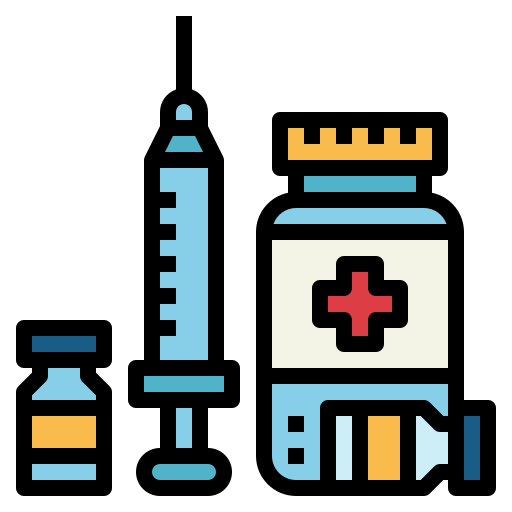In the acute presentation of acne or rosacea, antibiotic treatment should be reviewed every 2 to 3 months. It takes 8 to 12 weeks before an improvement will be seen because it is probably an anti-inflammatory effect of the antibiotic, and not the antibacterial activity that leads to improvement.
Specialists suggest a minimum of 6 monthly review for anyone on long-term antibiotics for acne and rosacea. Prescribers must be aware that in males with rosacea there is a significant risk of rhinophyma if therapy is discontinued and the disease becomes active again, so follow-up after discontinuation may be required.
Long-term tetracycline is being used increasingly in dermatology due to the anxieties of long-term steroids and is now standard practice with most bullous diseases, pyoderma gangrenosum and many vasculitis. Tetracyclines are extremely effective and can allow withdrawal of oral steroid. This also avoids using toxic drugs such as ciclosporin, azathioprine and cyclophosphamide.

